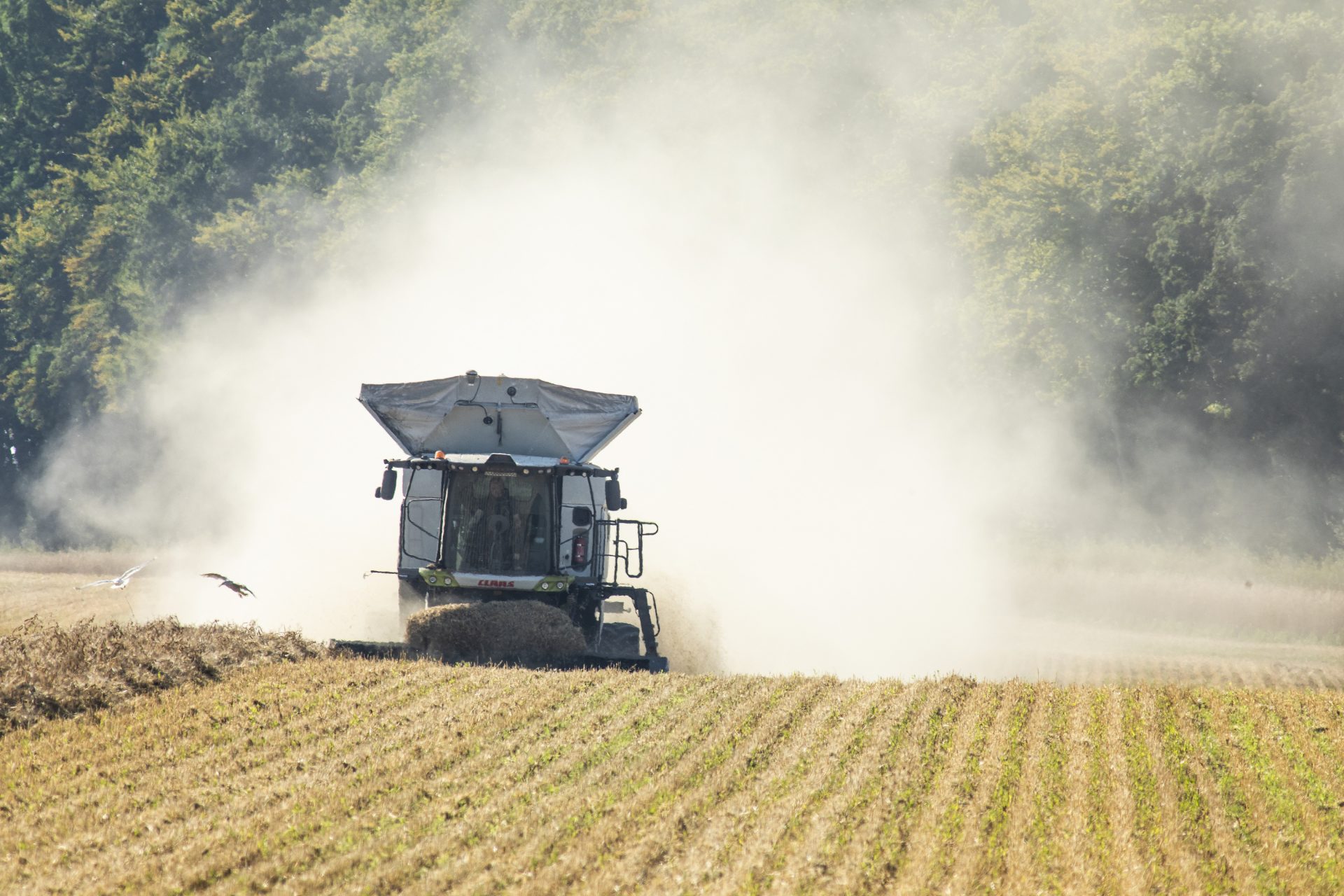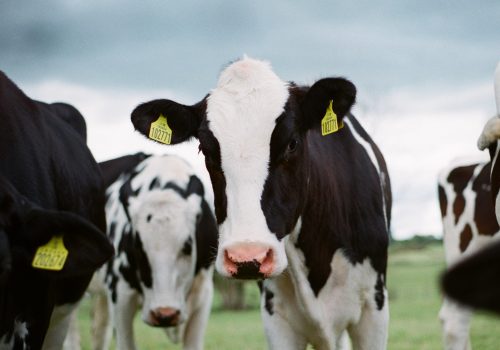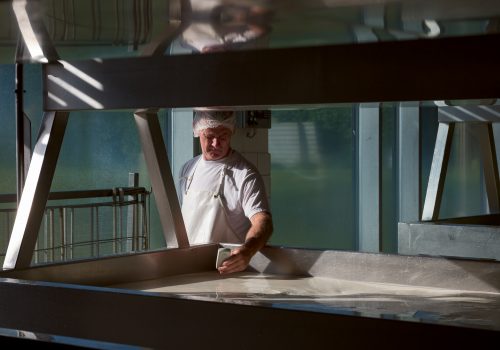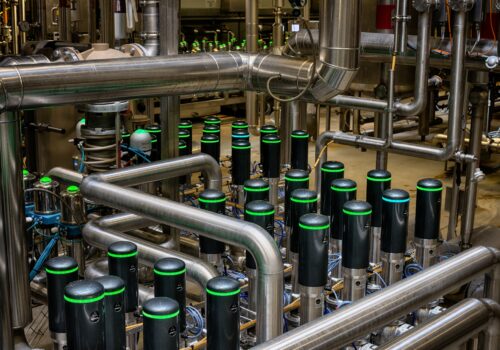The challenge
Decarbonising food production – which leaves behind a substantial climate impact globally – is difficult, as food is produced under biological and natural conditions. Climate change, increasing pressure on natural resources and the need to feed a global population of 10 billion people by 2050 are some of the most pressing global challenges of our time.
New, innovative solutions are needed so that we can produce and consume food in a sustainable way. The climate impact of the Danish...
Decarbonising food production – which leaves behind a substantial climate impact globally – is difficult, as food is produced under biological and natural conditions. Climate change, increasing pressure on natural resources and the need to feed a global population of 10 billion people by 2050 are some of the most pressing global challenges of our time.
New, innovative solutions are needed so that we can produce and consume food in a sustainable way. The climate impact of the Danish agriculture & food sector, including land use, land-use change and forestry (LULUCF), amounted to 15.4 million tonnes CO2 in 2017. The climate impact of the sector has decreased by 25 per cent between 1990 – 2017.
The potential
If the Danish Government and Parliament follow the 22 climate actions recommended by the climate partnership for Food and agriculture, the sector could reduce its climate impact by 62 per cent by 2030 (approximately 12.6 million tonnes CO2e).
At the same time, the partnership’s analyses show that Denmark, through further research in the food field, is likely to reduce its climate impact by a further 10 percentage points, corresponding to an overall gain of 72 per cent.
Overall...
If the Danish Government and Parliament follow the 22 climate actions recommended by the climate partnership for Food and agriculture, the sector could reduce its climate impact by 62 per cent by 2030 (approximately 12.6 million tonnes CO2e).
At the same time, the partnership’s analyses show that Denmark, through further research in the food field, is likely to reduce its climate impact by a further 10 percentage points, corresponding to an overall gain of 72 per cent.
Overall, by following the proposals, Denmark can realise substantial gains in terms of achieving the sector’s own goal of a climate-neutral industry by 2050.
We endeavour to secure an industry that continues to have a large and competitive food, agriculture, aquaculture and forestry sector that delivers great value to Denmark in terms of employment, income, welfare and export earnings. Simultaneously, the industry contributes to the global climate transition.
Recommendations
A significant part of the sector’s emissions arise from carbon-rich alluvial land. Setting aside some of this (and compensating landowners) can reap considerable climate benefits
Using nitrification inhibitors in manure and chemical fertilisers can significantly reduce emissions
Evidence indicates that methane emissions can be reduced if the slurry from the pigsties is removed once a week rather than every five or six weeks, which is common practice today
If the fodder composition for ruminants become more climate efficient, they will emit less methane
Climate balance sheets give farmers insight into the scale of the climate impact of their farm and where it occurs
Manure and residues from the food industry, agriculture and households offer a large, untapped biogas potential. Sustainable and advanced biofuels can help decarbonise heavy transport.
Utilise the large quantities of biomass the sector produces (such as straw, manure, residuals and by-products) for climate-friendly energy production. Erect wind turbines and solar panels on agricultural land
In its national forest programme, Denmark has established a target of increasing the
forest area, so that forest landscapes cover 20-25 per cent of the country by the end of
the 21st century
Provide funds and incentives to decarbonise processing operations and incentives to switch to green energy consumption where possible
Design and implement a strategy to increase the use of climate-friendly timber construction, including a revision of fire regulations and the building code
Establish a number of large, multi annual and challenge-driven research partnerships (basic research, strategic research, development and demonstration) which ensure interdisciplinarity and regulatory involvement

The Climate Partnership for Food and Agriculture
Want to learn more about the climate partnership and explore the government and industry recommendations more in-depth? Fill in your information below and download the highlights
Cases
Contact
Danish Agriculture & Food Council
Niels Peter Nørring
[email protected]
About the partnership
Private partners
- Danish Agriculture & Food Council
- SEGES
- Okologisk Landsforening
- Think tank Frej
- Danish Forest Association
- Danish Dairy Board
- Danish Food and Drink Federation
- Danish Chamber of Commerce
- Danish Aquaculture
- Danish Brewers’ Association
- Stop Wasting Food movement Denmark
- Aarhus University
- Technical University of Denmark
- University of Copenhagen
- Arla Foods
- Agrointelli
- Animal Nutritution DLG
- Carlsberg
- Chr. Hansen
- Daka
- Danish Agro
- Orkla Foods Denmark
- Nature Energy
- Schulstad
- Trade Union NNF
- Trade Union 3F
Public partners
- Ministry of Food, Agriculture and Fisheries of Denmark



